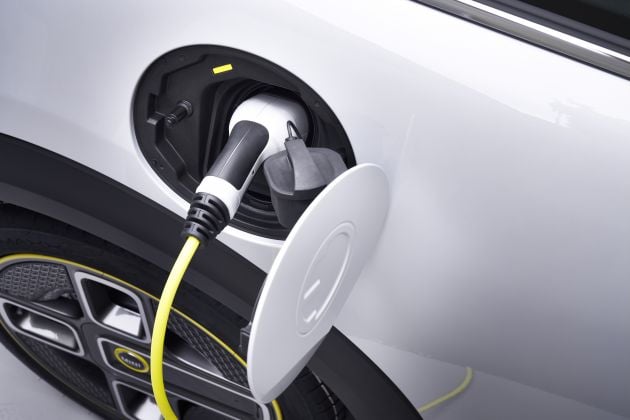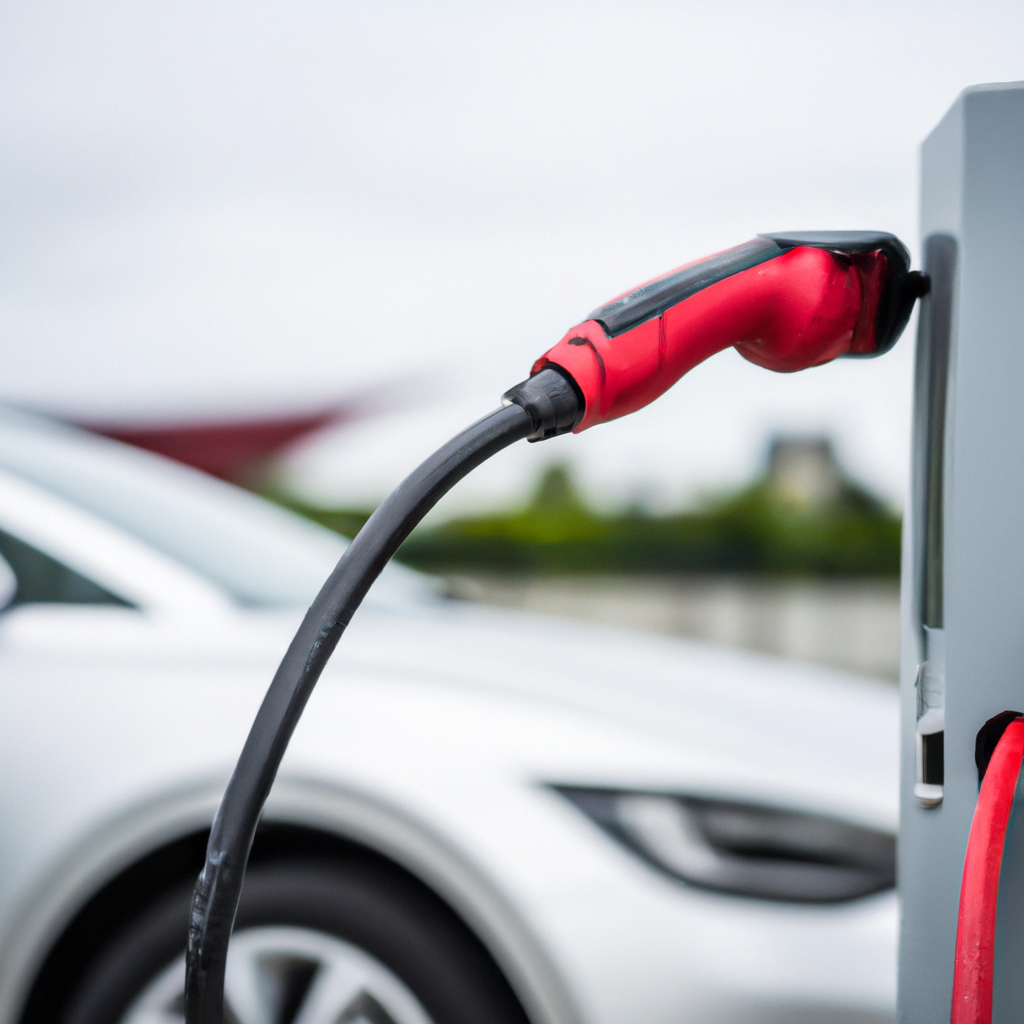
Imagine never having to worry about plugging in your electric vehicle (EV) again. With wireless EV charging, the future of convenience is here. This groundbreaking technology allows you to effortlessly charge your EV simply by parking over a charging pad. No more fumbling with plugs or untangling cords – just seamless and effortless charging. In this article, we will explore the ins and outs of wireless EV charging, discussing its benefits, how it works, and why it is poised to revolutionize the way we power our vehicles. So, sit back, relax, and discover the future of convenience in wireless EV charging.
Introduction
In recent years, electric vehicles (EVs) have gained significant popularity as a more sustainable mode of transportation. As governments and individuals alike focus on reducing carbon emissions and combating climate change, the demand for EVs has surged. Along with this increase in EV adoption, the need for convenient and efficient charging solutions has become paramount. This is where Wireless EV charging comes into play, ushering in a new era of ease and convenience for EV owners.

What is Wireless EV Charging?
Wireless EV charging, also known as inductive charging or wireless charging, is a technology that allows electric vehicles to be charged wirelessly, without the need for traditional cables and connectors. It works by using electromagnetic fields to transfer energy from a charging pad or ground-mounted panel to a receiver pad integrated into the vehicle.
The concept of wireless charging is not entirely new, as it has been used in other applications such as smartphones and electric toothbrushes for quite some time. However, its application in the automotive industry has gained significant momentum in recent years.
How Does Wireless EV Charging Work?
wireless EV charging systems consist of two main components: a charging pad or ground-mounted panel, and a receiver pad integrated into the vehicle. The charging pad is typically installed on the ground, either in parking lots, garages, or even on public roads. The receiver pad, on the other hand, is integrated into the vehicle’s undercarriage or positioned in a specific location for optimal charging.
When an electric vehicle equipped with a receiver pad is parked over a charging pad, an electromagnetic field is created between the two pads. This field induces an electric current in the receiver pad, which then charges the vehicle’s batteries. The charging process begins automatically, without any physical connection between the vehicle and the charging infrastructure.

Benefits of Wireless EV Charging
Wireless EV charging offers several compelling benefits for both EV owners and society as a whole. The convenience factor is perhaps the most significant advantage. With wireless charging, there’s no need to handle cables or connectors, eliminating the hassle of plugging and unplugging every time you park your vehicle. Simply parking over a charging pad will initiate the charging process, making it incredibly convenient for daily use.
Another benefit is the potential for increased charging efficiency. With wireless charging, the energy transfer occurs through electromagnetic fields. This method typically results in higher charging efficiencies compared to conventional plug-in charging. Additionally, wireless EV charging systems can be designed with high-power capabilities, allowing for faster charging times.
Furthermore, wireless EV charging can enhance the aesthetics of charging infrastructure. The absence of visible cables and connectors creates a cleaner and more visually appealing environment. This is particularly important for public charging stations, where aesthetics and design play a crucial role in encouraging EV adoption.

Challenges and Considerations
While wireless EV charging offers numerous benefits, there are still some challenges and considerations to address. One of the main concerns is the cost of implementation. Currently, wireless EV charging systems are more expensive compared to traditional plug-in counterparts. The cost of installing the charging pads, upgrading existing infrastructure, and integrating wireless technology into vehicles can be significant barriers to widespread adoption.
Another consideration is charging efficiency. Although wireless charging efficiency has improved over the years, it still lags behind plug-in charging in terms of energy transfer efficiency. The energy lost during wireless charging can result in slightly slower charging times and, in some cases, increased energy consumption.
Infrastructure deployment is another challenge for wireless EV charging. As of now, the number of wireless charging stations is relatively low compared to conventional plug-in stations. Expanding the infrastructure requires coordination between government entities, utility companies, and private stakeholders, which can be time-consuming and complex.

Future Developments and Potential
Despite the challenges, wireless EV charging holds immense potential for the future of convenient and sustainable transportation. As the technology continues to evolve, significant advancements are expected in the coming years.
One area of development is standardization. Currently, there are different wireless charging standards, which can create compatibility issues. Establishing a universal standard for wireless charging would streamline the adoption process and ensure interoperability across various EV models.
Another potential development is dynamic wireless charging. This technology would enable EVs to charge while driving, utilizing wireless charging infrastructure embedded along roadways. With dynamic wireless charging, range anxiety would become a thing of the past, as vehicles could continuously charge while in motion.
Furthermore, the integration of renewable energy sources into wireless charging infrastructure could significantly enhance sustainability. By incorporating solar panels or wind turbines into charging pads, EVs could charge using clean and renewable energy, further reducing carbon emissions and dependence on fossil fuels.

Conclusion
Wireless EV charging represents a significant step forward in the quest for convenient and sustainable transportation. While there are challenges to overcome and improvements to be made, the benefits and potential of wireless charging are undeniable. As the technology continues to advance, we can look forward to a future where charging your electric vehicle is as simple as parking it over a charging pad. The age of wireless EV charging is upon us, and it promises to transform the way we power our vehicles. So, get ready to embrace the future of convenience and sustainable mobility.
RELATED POSTS
View all


